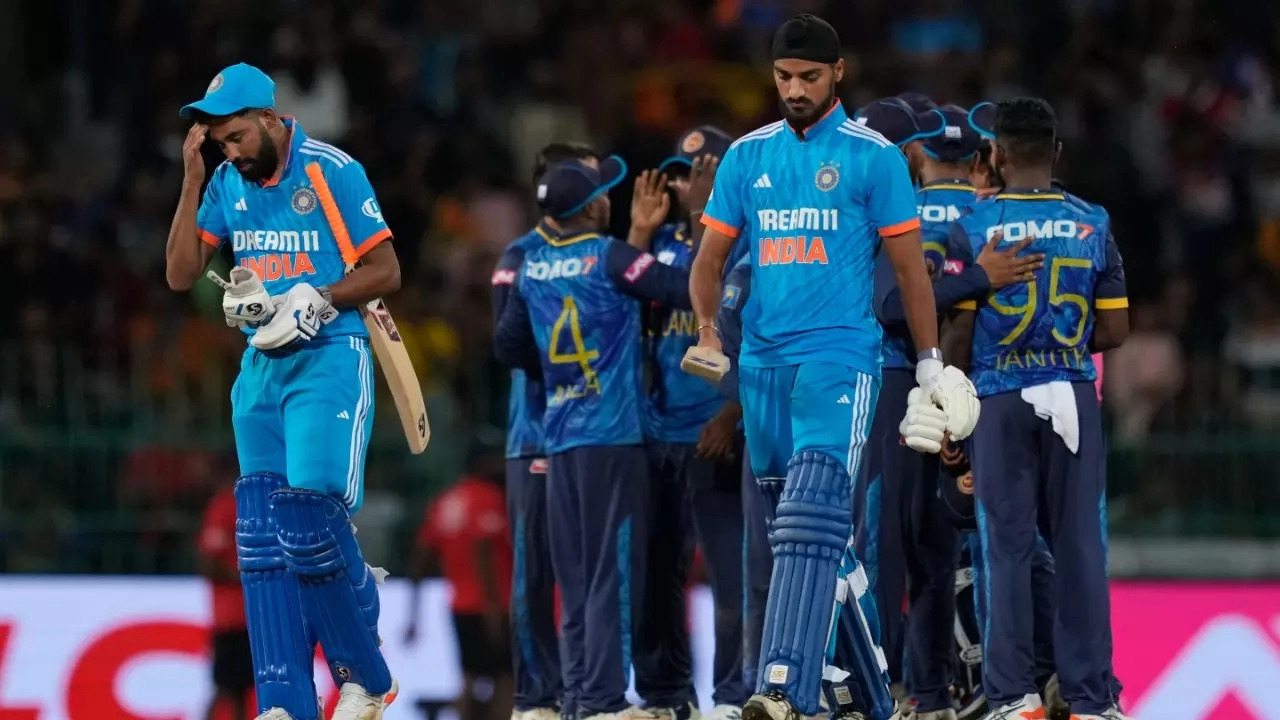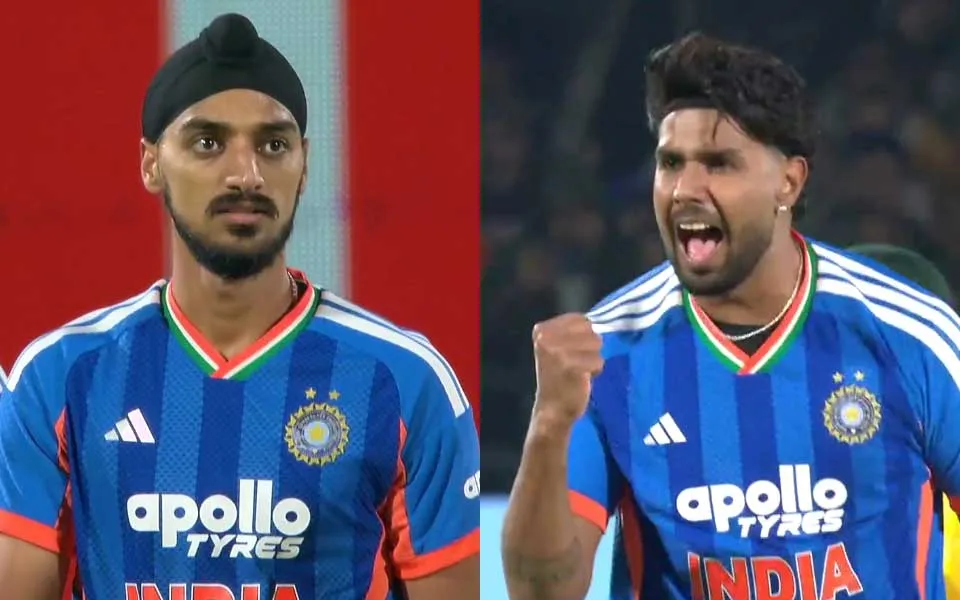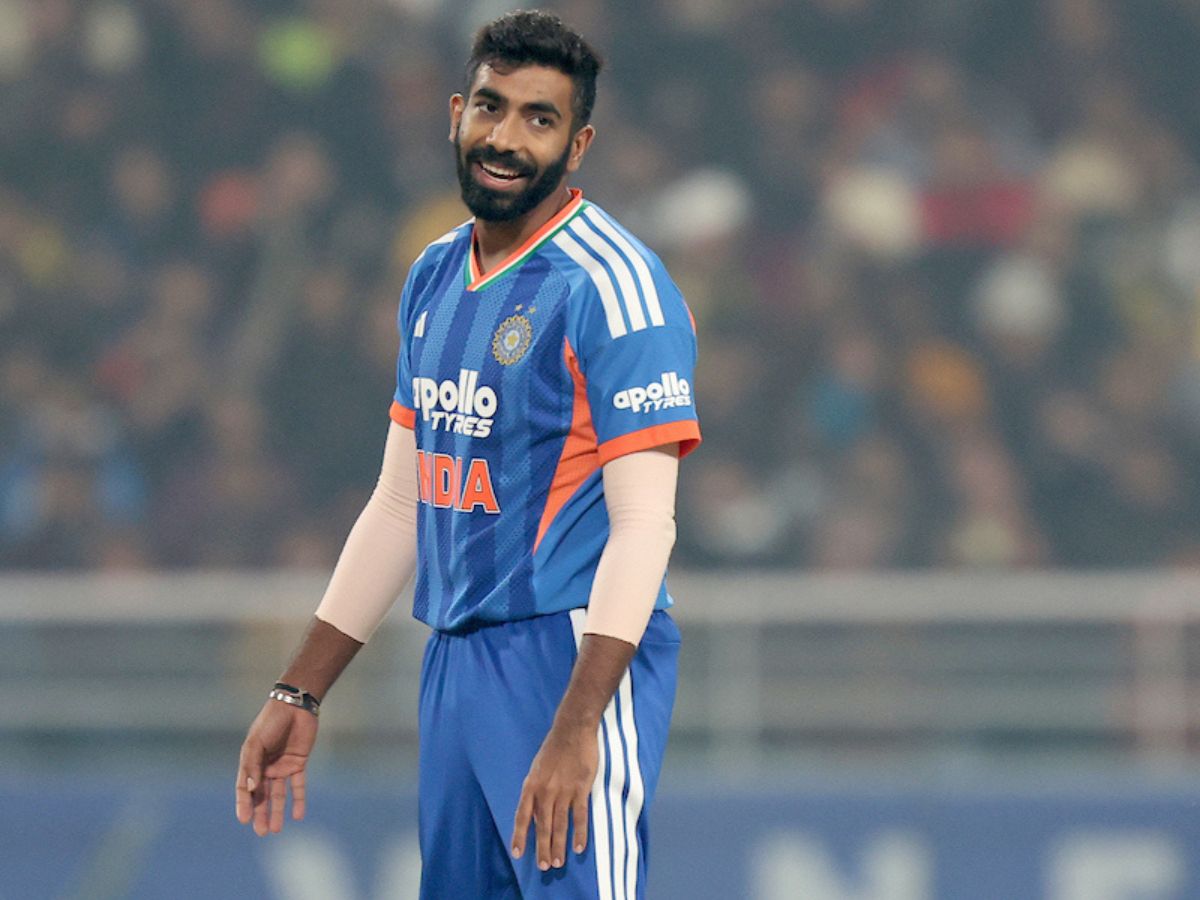Fans continued to question why the Super Over was not being played during the first ODI between India and Sri Lanka, which was played on August 2 at the R. Premadasa Stadium in Colombo, and it ended in a tie. India tied the score in pursuit of the 230 goal before being bowled out in 47.5 overs. The fact that there was no chance of rain during the game suggests that the organisers made the error of not holding a Super Over.
In case you were wondering whether the Super Over rule applies to One-Day Internationals, the result of the 2019 World Cup was known after a Super Over was bowled. Even after the Super Over, England and New Zealand were able to remain side by side, with England emerging victorious on the boundary count. The ICC ruled that if the preceding Super Over finishes in a draw, more Super Overs should be bowled in response to the significant outcry against the rule.
Furthermore, the outcome was determined during a Super Over in an ODI between Zimbabwe and Pakistan for the Cricket World Cup Super League 2020. A Super Over was instituted to determine the victor of the 2023 Cricket World Cup qualifier between West Indies and Netherlands.
How do the Super Over Playing Conditions state things?
“There will be a Super Over.” In the event that the Super Over ends in a tie, more Super Overs will be played until a winner is determined, barring unusual circumstances. If the Super Overs necessary to decide a winner cannot be played or completed, the match will be tied.
According to clause 16.3.1.1, unless it is not possible to play them, all men’s ODIs that end in a tie will conclude with a Super Over.
Also Read: IND vs SL 2024: Why is Wanindu Hasaranga missing out in the 2nd ODI?
In this instance, India’s innings was completed in 48 overs, with an over having a timing cushion of over 10 minutes, during which an over is bowled, around five minutes. If a Super Over was meant to be played, it ought to have begun five minutes into India’s innings.




